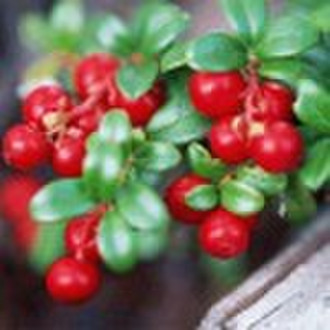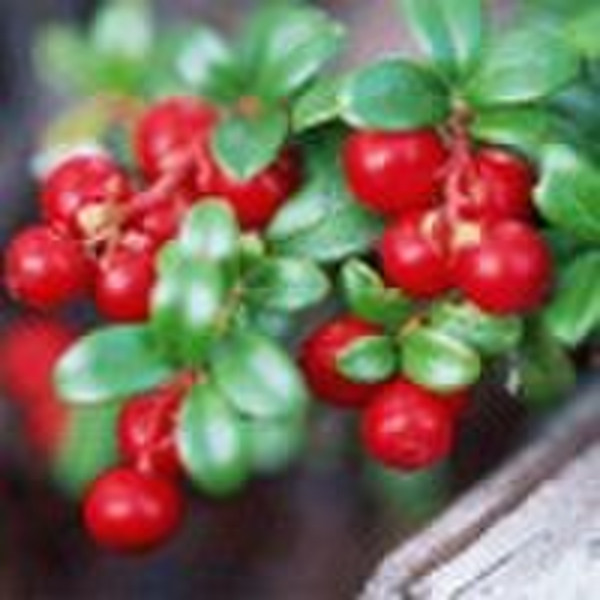Catalog
-
Catalog
- Agriculture
- Apparel
- Automobiles & Motorcycles
- Beauty & Personal Care
- Business Services
- Chemicals
- Construction & Real Estate
- Consumer Electronics
- Electrical Equipment & Supplies
- Electronic Components & Supplies
- Energy
- Environment
- Excess Inventory
- Fashion Accessories
- Food & Beverage
- Furniture
- Gifts & Crafts
- Hardware
- Health & Medical
- Home & Garden
- Home Appliances
- Lights & Lighting
- Luggage, Bags & Cases
- Machinery, Hardware & Tools
- Measurement & Analysis Instruments
- Mechanical Parts & Fabrication Services
- Minerals & Metallurgy
- Office & School Supplies
- Packaging & Printing
- Rubber & Plastics
- Security & Protection
- Service Equipment
- Shoes & Accessories
- Sports & Entertainment
- Telecommunications
- Textiles & Leather Products
- Timepieces, Jewelry, Eyewear
- Tools
- Toys & Hobbies
- Transportation
Filters
Search
Lingonberry Extract

Hui Zhou
Contact person
Basic Information
| Grade Standard | Medicine Grade |
|---|
Specificaton:10%,15%,25% Anthocyanidin Products Introduction: lingonberry (Vaccinium vitisidaeal) also called cowberry, foxberry, mountain cranberry, csejka berry, red whortleberry, lowbush cranberry, mountain bilberry, partridgeberry[1] (inNewfoundland and Cape Breton), and redberry (in Labrador) is a dwarf,evergreen,ericaceous shrub that grows to about 10 to 20cm tall.It is seldom cultivated, but the fruits are commonly collected in the wild. The native habitat is the circumboreal forests of northern Eurasia and North America, extending from temperate into subarctic climates. Lingonberry fruits are dark red berries of about 8 o 10mm in diameter that have a characteristic acidic sour, and slightly bitter taste, so they are almost always cooked and sweetened before eating in the form of lingonberry jam, compote, juice, or syrup. Lingonberries contain plentiful organic acids, vitamin C, provitamin A (as beta carotene), B vitamins (B1, B2, B3), and the elements potassium, calcium, magnesium, and phosphorus, and the seeds are rich in Omega-3 fatty acids. Lingonberries are used in herbal medicine , Rich in antioxidants, lignans and flavonoids which fight free radicals and lower cancer risk, contain phytochemicals that are thought to counteract urinary-tract infections,.also helps decrease risk of cancers, enhance the immune system,and has antimicrobial action Action: Fight free radicals Counteract urinary-tract infections Lower cancer risk Enhance the immune system Antimicrobial action
Delivery terms and packaging
Packaging Detail: Drum Delivery Detail: in stock
Port: CMP
Payment term
Telegraphic transfer
-
Payment Methods
We accept:









